|
Working With Wood Continued
Here you can see the bubinga a little better. And with the
construction process like I have it, I know that my pieces will be
strong.
|
|
 |
I used my thickness planer one more time
to give each surface a clean-up cut only.
|
|
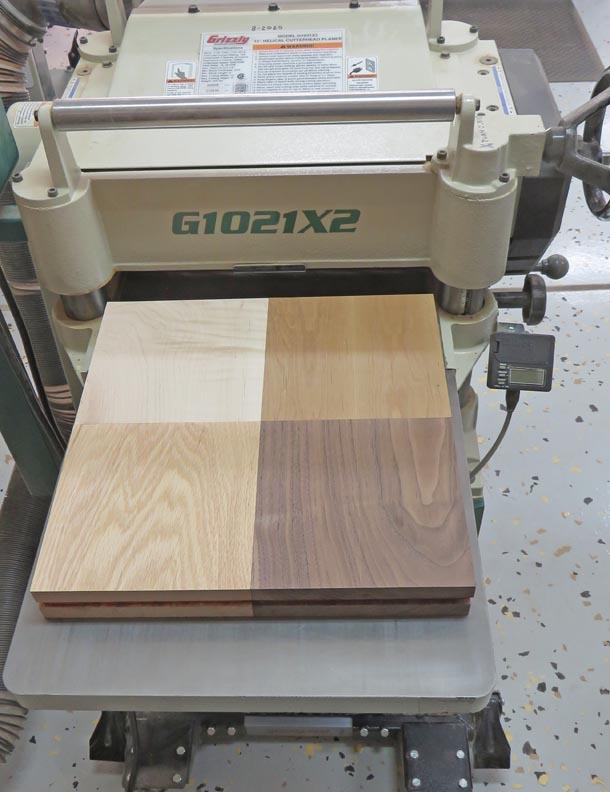 |
I drew my layout circle one more time after it was removed by the
planer.
|
|
 |
Next I drilled a 5/16" hole through my work piece, which will be used
for the clock mechanism and as a tooling hole.
|
|
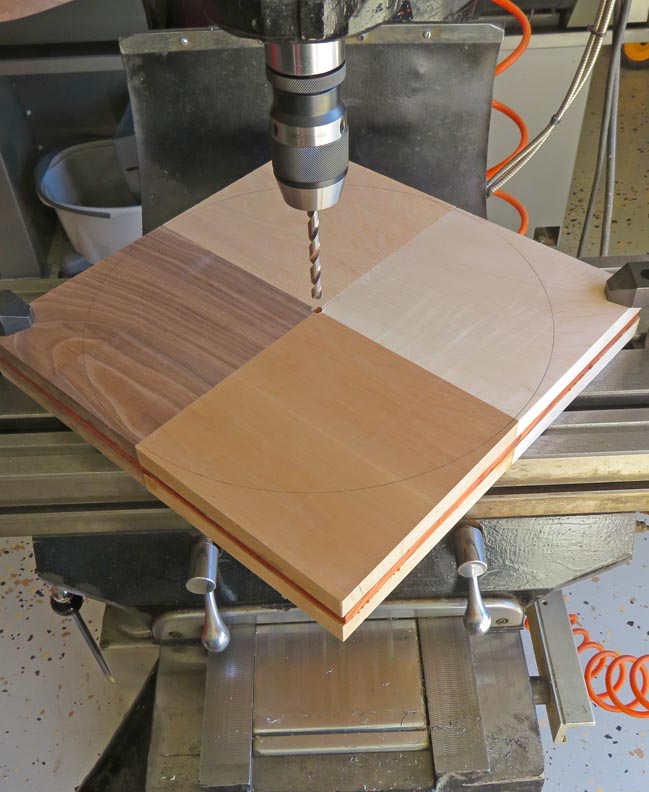 |
Then I used my bandsaw to cut on the line. At this point, my work piece
is 13 3/4" diameter.
|
|
 |
|
I'm going to use my lathe to machine the outside
diameter. However, when I held my work piece up to the face plate, the
work piece was too large to
spin on my lathe.
Oh know! Now what?
Well, I might have a solution for it, but it's a little
unconventional.
|
|
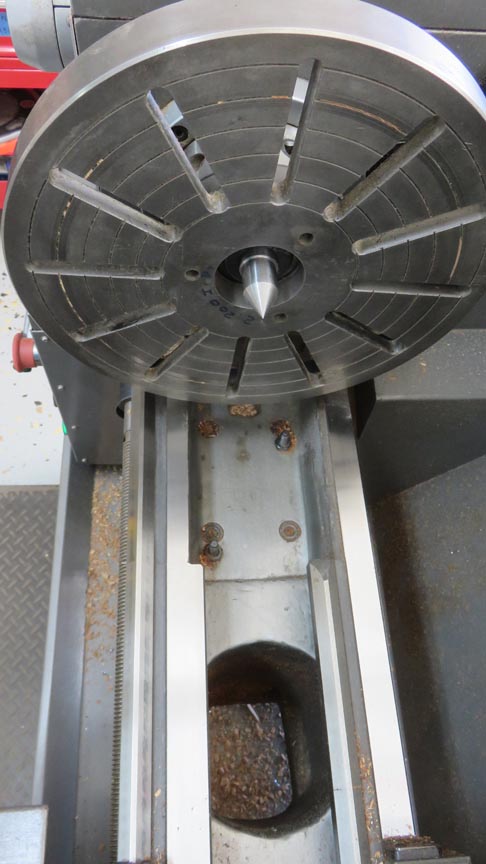 |
|
Making More Clearance
The arrows are pointing to the spots that were in the way of my work
piece. Now I've
run into this dilemma before but this time I'm going to take action and
fix this problem.
|
|
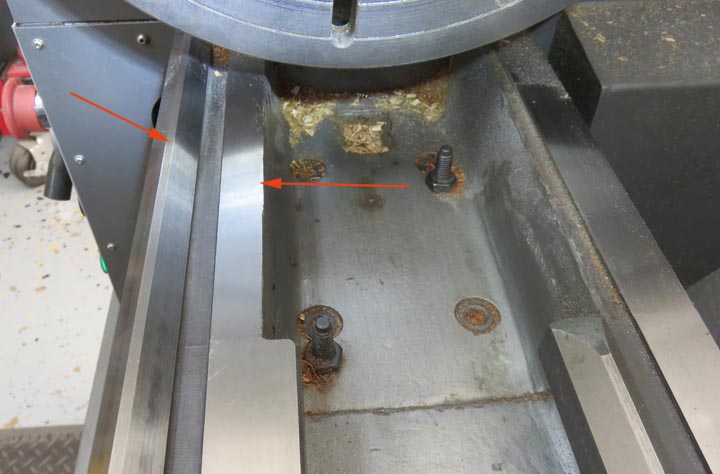 |
Notice and difference? I took my grinder to those two areas and removed some
cast iron, giving me a little more room.
|
|
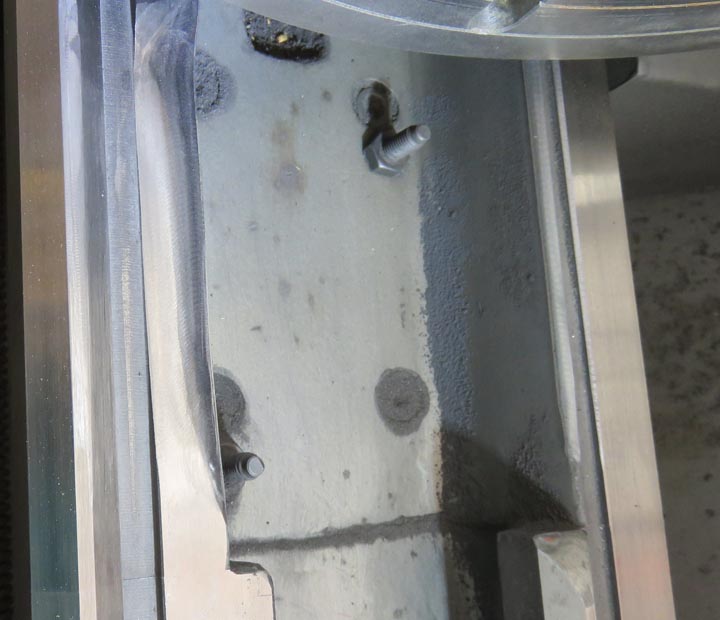 |
|
Now before you start shaking your head at my decision,
just know that the carriage doesn't ride along this area so it won't
affect function or accuracy. But if it would've affected either one, I
would not have done this.
|
|
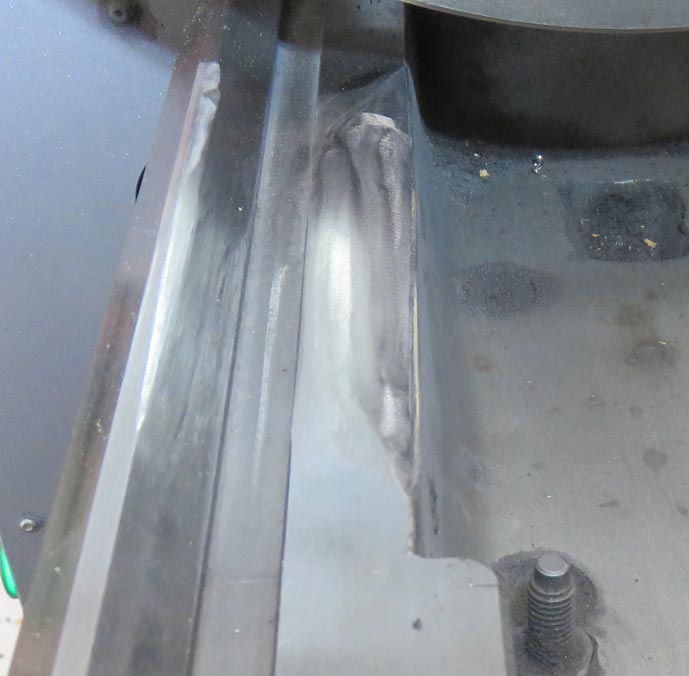 |
Here I'm measuring after grinding and I've gained over .200" (almost
1/4") which equates to almost 1/2" on the diameter.
|
|
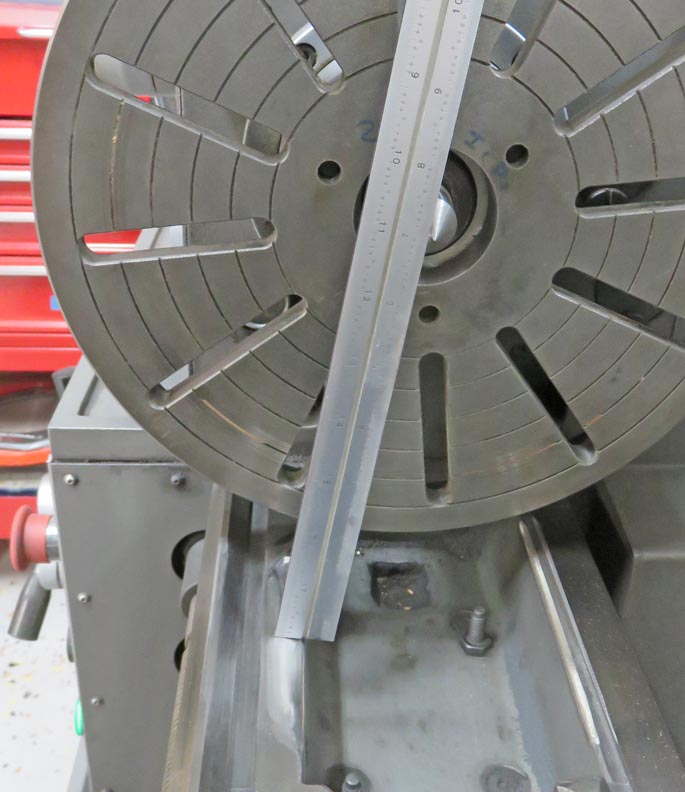 |
|
1
2
3
4
5
6
7
8 |